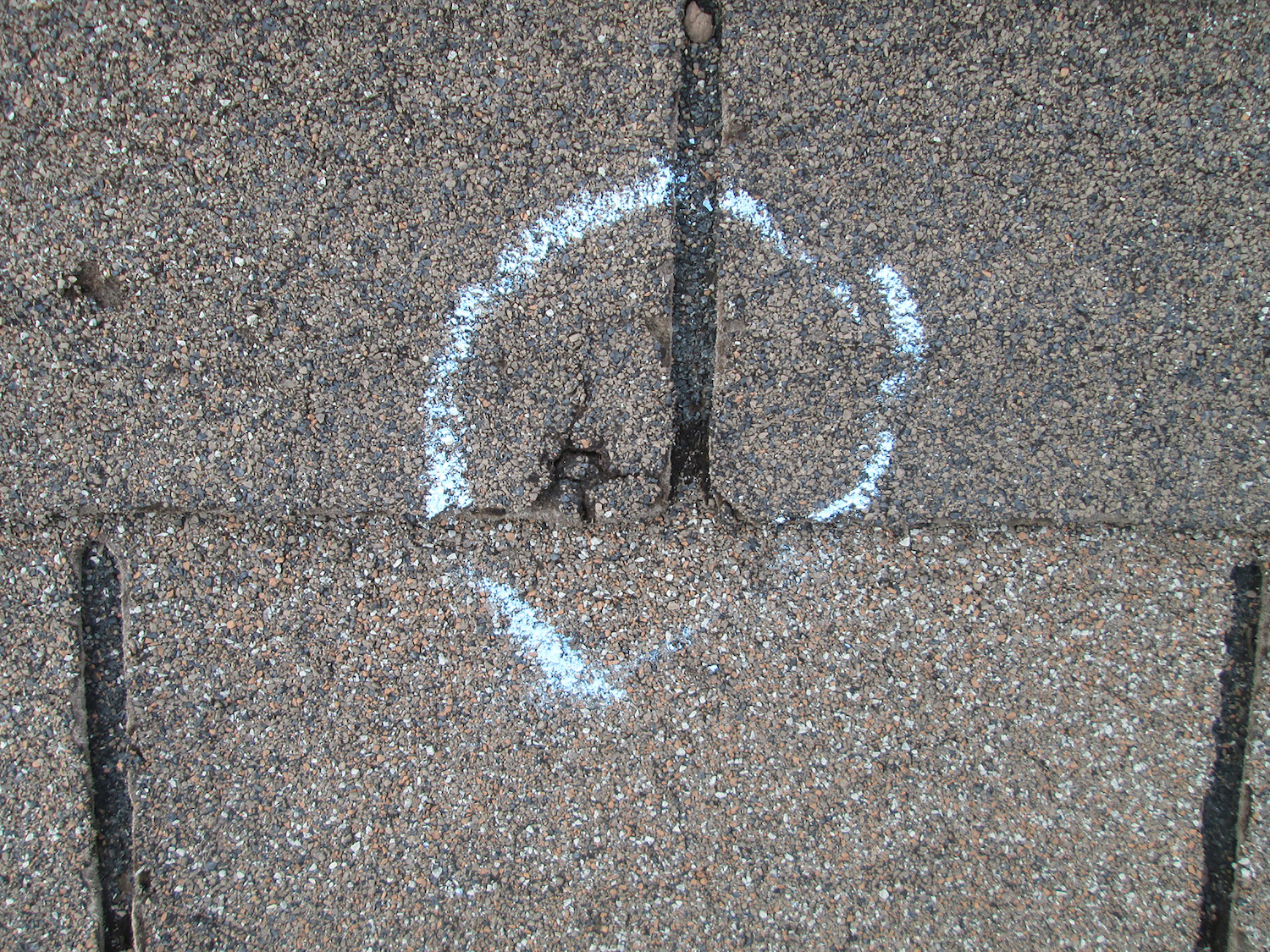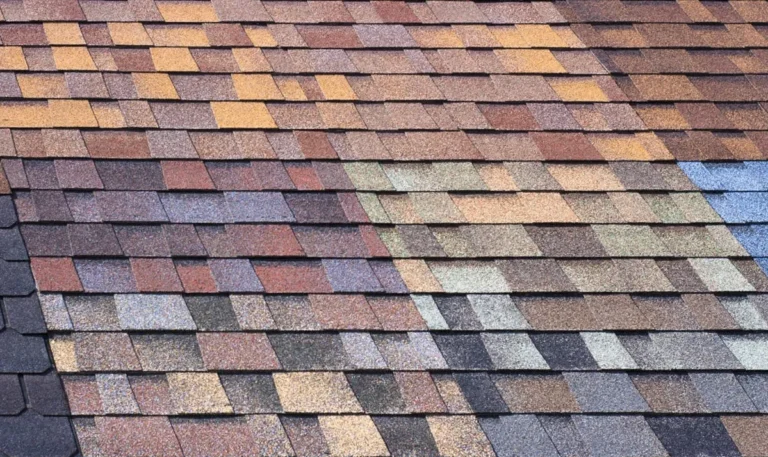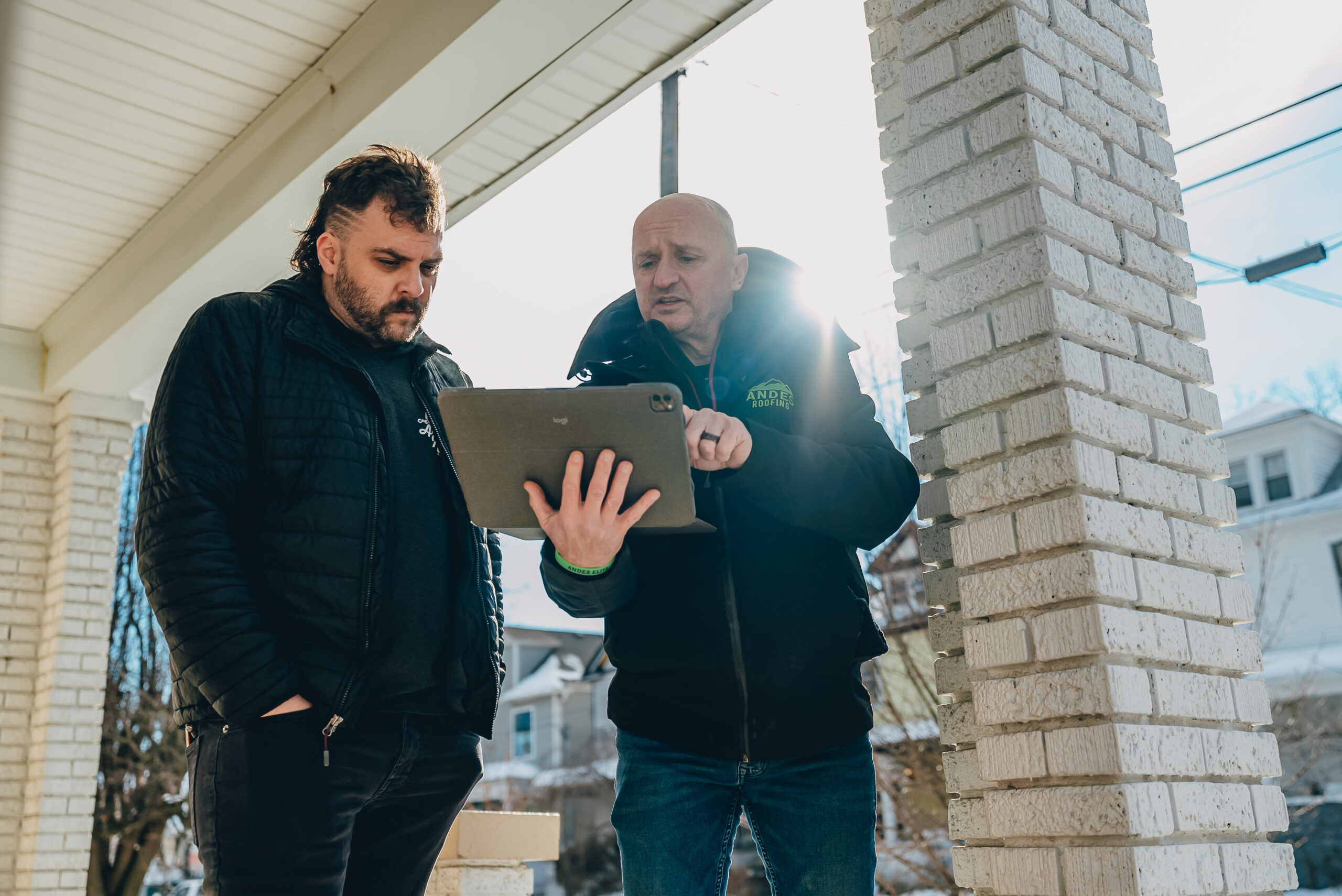When you’re a kid, hail storms can be exciting, especially if they are a novelty. As an adult, the sound of hail can quickly get your mind racing with all the different items hail can damage:
- Roofs 🏘️
- Cars 🚗
- Siding & windows 🪟
- Landscaping 🌷
What once was a novelty to watch out the window can now be a costly situation. Most homeowners don’t realize that hail doesn’t need to be softball or even goofball-sized to cause damage. Even small pieces of hail the size of a penny can wreak havoc on your assets with enough force behind them.
If your roof sustained hail damage, it’s important to act fast so that the situation doesn’t worsen. Use this guide to learn what you can do when you need hail damage roof repairs.
How to Identify Roof Hail Damage
Roof storm damage often sneaks up on you because it can sometimes be hard to spot with an untrained eye. Most homeowners aren’t comfortable climbing a ladder and walking around on their roof (and rightfully so), so hail damage can often slip by until you eventually notice a dreaded roof leak.
Regardless of the size of the hail you experienced, you should always perform a ground-level visual inspection after a storm. Look for:
- Blown-off shingles in your yard
- Visible dents in any of your shingles
- A lot of shingle granules coming down your downspouts
What Hail Damage Looks Like on Different Roofing Materials

The most common roofing material is asphalt shingles, but that doesn’t mean every building has an asphalt shingle roof. Let’s take a closer look at how hail damage manifests on a wide range of materials.
- Asphalt shingles: Hail damage on asphalt knocks off shingle granules in a randomized pattern. Granule loss on shingles can be hard to spot, so it’s essential to schedule a professional inspection.
- Metal roofing: Metal panels or metal tiles will show hail damage more clearly with impact dents.
- Wood shingles (Cedar shakes): Wood roofing materials will split down the middle when struck by forceful hail.
- Clay or slate tiles: These heavy, durable roofing materials rarely sustain hail damage, but if they do, it looks like cracks, gouges, or crumbling materials.
- Roof vents, gutters, and flashing: As supplemental but essential components of your roof, your flashing, vents, and gutters can also sustain damage. Dents, dings, and chipped surfaces are most common on these materials.
Always Schedule a Professional Roofing Inspection
Since hail damage can be tricky to spot, it’s vital to schedule a professional roofing inspection after a hail storm. Most reputable roofing companies offer free storm damage inspections. Included with an inspection are photos of any damage and a detailed report of their findings and the service(s) they suggest.
Putting off an inspection allows any damage to worsen, which can leave you with expensive and frustrating water damage.
Should You Repair or Replace Your Roof?
You’re probably wondering if you’ll need to repair or fully replace your roof after it sustained hail damage. Ultimately, that question is best answered by a professional roofing contractor based on your specific circumstances.
A general rule of thumb is that if you would need to repair more than 1/3 of your roof, it’s more advantageous to get a full roof replacement. If only a small area of your roof is affected by hail damage, you can usually get by with repairs.
How to File a Homeowners Insurance Claim

Most homeowners really don’t want to pay out of pocket for damage that wasn’t their fault. That’s why homeowners insurance exists! Most homeowners insurance policies cover hail damage to your roofing and siding. If the claim gets approved, you have to pay your deductible, but insurance will provide coverage for the remaining amount.
If the cost of your hail damage is estimated to be more than your insurance deductible, it’s usually worth it to file a claim. If the repairs are estimated to be less than your deductible, we recommend leaving insurance out of the process. Be sure to work closely with a professional roofer to see what they quote and recommend.
If you decide to go forward with filing an insurance claim, follow these steps:
- Review your policy to ensure you have coverage for hail damage.
- Take photos of your damage or have your roofing contractor take plenty of photos and documentation at the inspection.
- Call your insurance agent to file a claim. You may be able to file it online. Include all of the photos, documentation, and suggested service from your roofer.
- An insurance adjuster will come to your property to inspect the damage themselves.
- If your adjuster finds damage, they will approve your claim and send compensation that’s appropriate for your level of damage.
We Know the Ins and Outs of Storm Damage Restoration
We hope this guide helped you recognize hail damage and learn the next steps to take after a hail storm. If you live in Southern Indiana or Louisville and need a roof inspection after a recent storm, give our team at Andes Roofing a call!
We perform free and incredibly detailed roofing inspections, complete with a thorough report of our findings and the services we suggest (if any). You can use our documentation to help your case if you choose to file an insurance claim.
Our professional team makes the storm damage restoration process as easy and stress-free as possible. Reach out today for a free inspection!






